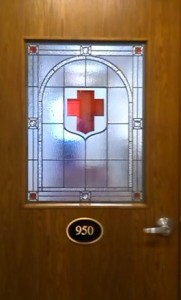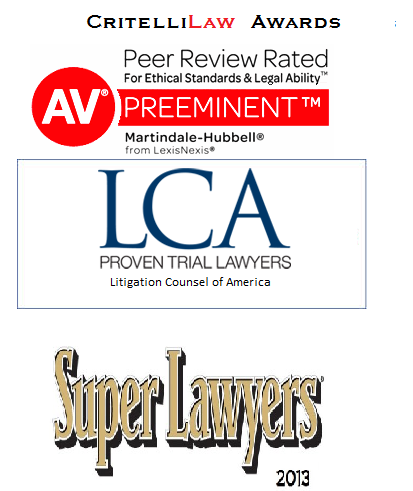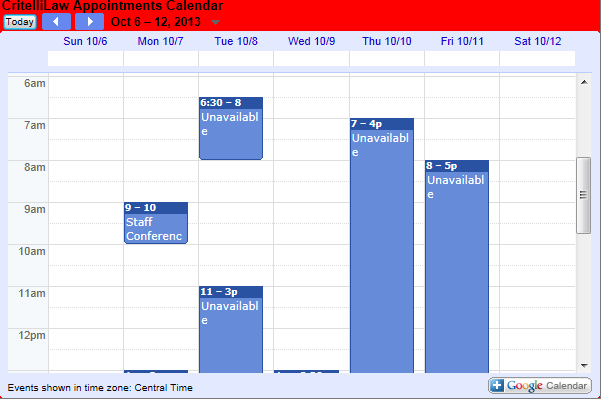The Impact of Data Mining and Predictive Analysis on the Law of Fraud and Deceit
Oct 4th, 2009 | By critellilaw | Category: Practice NotesClaims for civil fraud and deceit have always presented a challenge to lawyers. Historically, of all the torts it has been the most difficult to prove. The problem has been a three hundred old pesky legal element called “scienter”. Now, thanks to twenty first century technology of data mining and predictive analysis scienter has been found. But in order to put the matter into proper perspective we must take a legal journey back eight hundred common law years to 1201.
The genus for modern fraud and deceit is said to lay in the ancient writ of deceit. In 1201 writ of deceit has been identified which issued only against a person who had misused legal procedure for the purpose of swindling someone. 1 Street, Foundations of Legal Liability, 1906, 375; Winfield, History of Conspiracy, 1921, 33. However there is an abundance of jurisprudence in the writ of assumsit where relief was granted for damage claims sounding much like modern breach of warranty. However this required privity with scope and nature of damages defined by the contractual measure described in Hadley v Baxendale. (1854), 9 Ex. 341, 156 Eng.Rep. 145.
Unfortunately this afforded no relief to individuals not in privity who relied to their detriment on the false representations of another. But all was to change in 1789.
Common law learned authorities like Prosser on Torts in America and Clerk and Lindsell on Torts in England, agree that the genesis of the modern law of deceit or fraud is the 1789 English case of Pasley v Freeman, 1789, 3 Term Rep. 51, 100 Eng. Rep. 450. In Pasley, the English court held that an independent cause would lie ex delecto. Privity was no longer needed and the traditional measure of damages in tort would apply. But there were serious problems. The mere term “fraud” is so vague that it requires definition in nearly every case.
To avoid a maelstrom of litigation, the English courts added an eighteenth century legal speed bump by way of an legal element. The new tort of deceit would require something in the way of knowledge of the falsity and an intention to deceive. Williamson v. Allen, 1802, 2 East 446, 102 Eng. Rep. 439. The element of scienter had been born.
Over the years proof of scienter has proven to be most difficult and evidence elusive. After all, how does one prove what is in another’s mind. Enter twenty first century technology.
To find fraud one must first understand fraud. Thanks to the efforts of members of the Association of Certified Fraud Examiners, common schemes and artifacts particularly as it concerns internal and external fraud schemes in the financial sector have been catalogued. Coupled with computerized data mining technology we can now analyze vast quantities of communication, correspondence and other written and recorded evidence to determine who knew what, when and what they did or said — or didn’t do or say about it. We now have technology that will detect human scienter … or the lack of it.
Tre Critelli is an associate member of the Association of Certified Fraud Examiners and an active member the Iowa Chapter. CritelliLaw routinely handles matters of commercial and business fraud.












